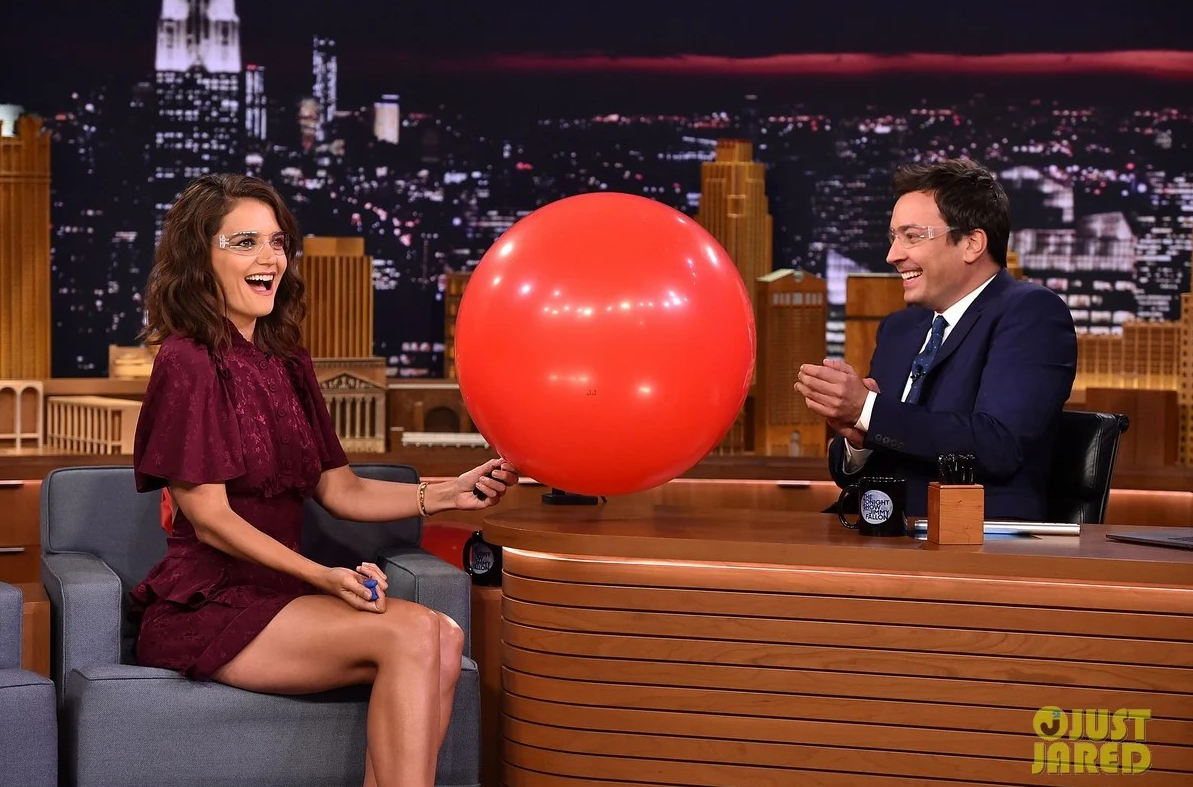Keltie Byrne was a 20-year-old marine biology student and skilled swimmer with dreams of working with animals. In 1991, she worked part-time at Sealand of the Pacific in British Columbia, Canada, home to three captive orcas: Tilikum, Nootka, and Haida II.
One February day, after a routine show, Keltie Byrne accidentally slipped into the orca tank while cleaning nearby. What happened next would become one of the most horrifying incidents ever recorded in a marine park setting.
According to witnesses, the orcas did not act with the gentleness expected from trained animals. Instead, they began to pull Keltie Byrne underwater repeatedly. Despite her screams for help and desperate attempts to stay afloat, she was dragged under again and again.

Her haunting last words, “I don’t want to die,” were heard by staff as they rushed to help. But it was too late. The orcas, particularly Tilikum, treated her not as a trainer but as prey, seemingly playing a deadly game.
This tragic incident raised serious concerns about the psychological effects of captivity on killer whales. Tilikum, who was involved in two more fatal incidents after this, became a central figure in the debate about orcas in captivity.
Sealand of the Pacific shut down shortly after Byrne’s death, but the story didn’t end there. Tilikum was transferred to SeaWorld Orlando, where he continued to perform despite his increasingly erratic behavior.
Years later, the documentary Blackfish shed light on Byrne’s story and others like hers, sparking public outrage and calls for reform in how marine parks treat orcas and their trainers.





